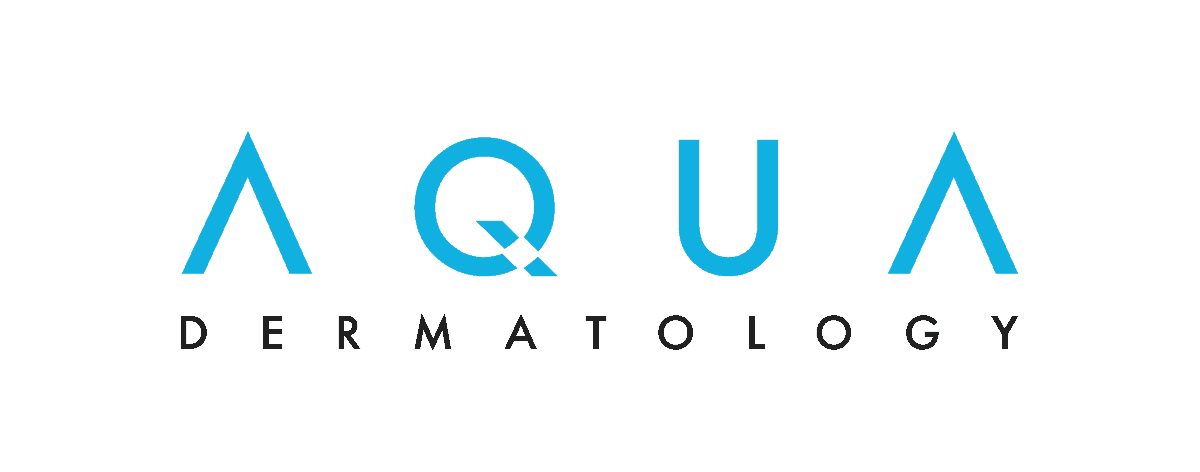Superficial Thrombophlebitis
Call 561-489-6257
Superficial Thrombophlebitis Treatment
If you have pain or tenderness along a vein near your skin, it could be a case of superficial thrombophlebitis. This condition, also called superficial venous thrombosis, happens when a vein near the surface of the skin becomes inflamed due to a blood clot. It usually affects a leg vein, but it can also happen in an arm or neck vein or wherever you’ve had an IV line or catheter inserted.
If you’re wondering, “Why do my veins hurt in my arm?”, the answer could be superficial venous thrombosis. Does a vein in your hand hurt? A catheter in your hand could cause a blood clot in the hand that leads to superficial venous thrombosis.
The skin over the vein may be red or warm, and the vein may feel hard, like a cord. Occasionally, the blocked vein can lead to infection.
Is superficial thrombophlebitis dangerous?
Superficial thrombophlebitis is usually more painful than dangerous. In rare instances, however, if it occurs in a large vein in the leg, it can lead to deep vein thrombosis (DVT). DVT is dangerous because if the blood clot breaks free, it can travel to the lungs and block the flow of blood. A blood clot in the lung (pulmonary embolism) is potentially fatal.
Superficial thrombophlebitis causes
Most cases of superficial thrombophlebitis in the arm are caused by trauma to the vein or having an IV line or catheter in the vein. In the legs, the most common cause of thrombophlebitis is chronic venous insufficiency (CVI). In this vein disease, faulty valves in the leg veins allow blood to pool in the legs instead of returning to the heart.
You’re more at risk for superficial thrombophlebitis if you:
- Are inactive for long periods of time
- Have a pacemaker
- Are pregnant or recently gave birth
- Take birth control pills or hormone replacement medication
- Are over age 60
- Are overweight or obese
- Smoke
- Have varicose veins
- Have chronic venous insufficiency
- Have or had a stroke, cancer or blood clotting disorder
Superficial thrombophlebitis treatment
The vein experts at the Water’s Edge Dermatology Vein Center have the training and experience to provide an accurate diagnosis (it’s important to rule out DVT, which requires immediate treatment) and develop a superficial thrombophlebitis treatment plan.
Most cases can be treated at home by applying warm compresses and elevating the affected area to reduce swelling. Taking over-the-counter nonsteroidal anti-inflammatory medication such as ibuprofen or naproxen can reduce the pain and inflammation. Most people recover in a week or two, though it may take longer if the vein has hardened, you’ve developed an infection or you have DVT.
Your vein doctor may recommend wearing compression stockings to ease the swelling. They’re available in different strengths and are sold over the counter, but it’s best to get a prescription from your doctor to ensure they’re not too tight or too loose.
For more serious cases of superficial thrombophlebitis, a doctor may prescribe a blood thinner to dissolve the clot. Surgery may be needed if blood thinners don’t work or you can’t take them.
If you have varicose veins or chronic venous insufficiency, your Water’s Edge Dermatology Vein Center doctor may suggest a minimally invasive procedure to close the problem veins and reduce your risk of developing more clots down the road.
Can I exercise with superficial thrombophlebitis?
Exercise can be beneficial for superficial thrombophlebitis. Your vein doctor can tell you what types of activities are best for you.
GET HELP FOR ALL YOUR VEIN PROBLEMS
If you suspect you have a vein problem, or if you have varicose veins, make an appointment at your nearest Water’s Edge Dermatology Vein Center to have one of our vein experts examine you and explain your treatment options.





